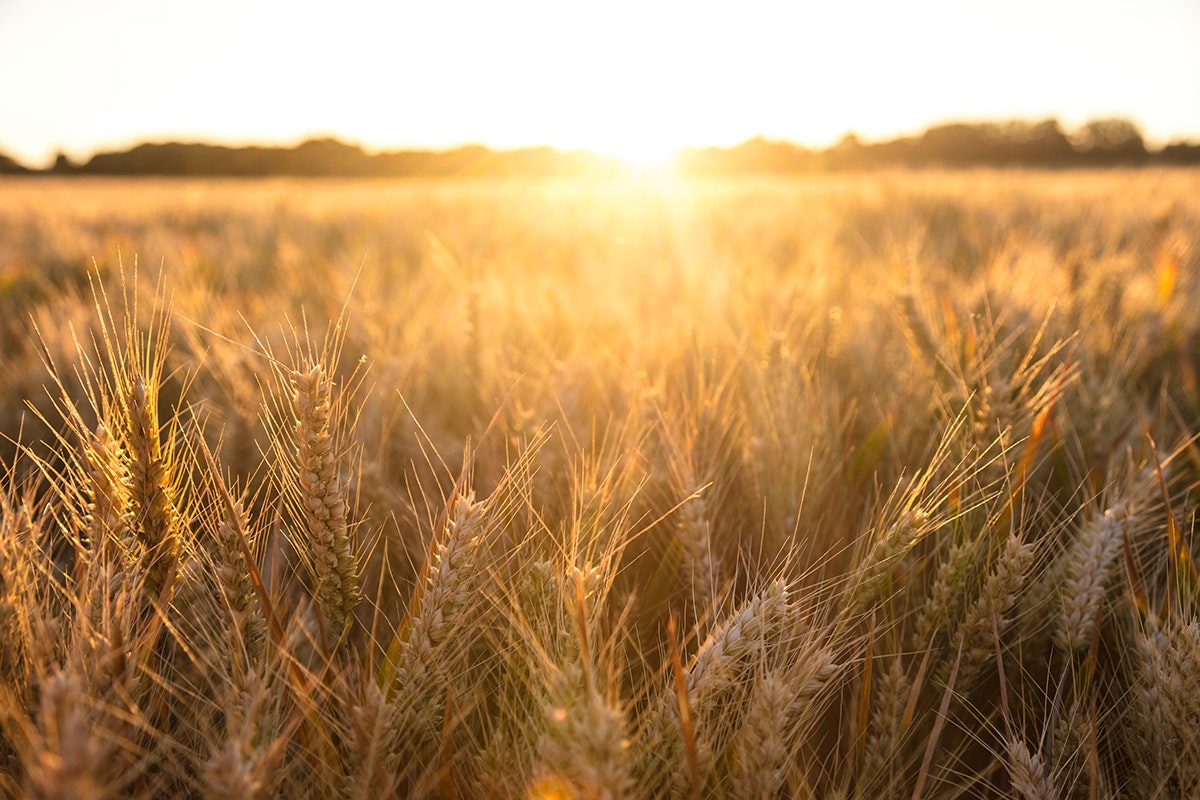Westland Distillery, located in Seattle, Washington, pursues an all-Pacific Northwest ethos. The brand not only uses locally-grown peat, it has also experimented with indigenous Garryana oak. As for the grain, Westland goes beyond just using locally-grown barley. The brand selects the barley varieties as well. The result has been the creation of an agricultural supply chain, built from the ground up with partners at every level; from research to farming and malting.
When looking for new potentially viable barley varieties to experiment with, Westland works with Washington State University’s The Bread Lab, run by Dr. Stephen Jones. The lab is home to roughly 15,000 varieties which are investigated for various applications. Prospective varieties are grown in small test batches. If they prove worthwhile, they’re eventually scaled up to larger plots and whole fields.
Selecting Barley Varieties
Of course, when making a whiskey the flavors in the grains won’t reveal themselves in full until the spirit has been distilled. Therefore, the barley varieties are chosen for various other reasons first. They need to both be viable for growth and harvest, as well as have the ability to survive pests. Furthermore, the varieties need to yield enough to make sense for farmers to commit to them. Research into areas such as how a given barley variety was formerly used—or why it faded away—sheds further light onto both viability as well as potential flavors, too.
Farmer partners of Westland perform the nitty-gritty agricultural work of growing and tending the fields. They allocate a portion of their land in order to seek out profitable diversification. Once a particular barley variety has been sufficiently and successfully scaled, the grains head to Skagit Valley Malting, where they’re made ready for the process of fermentation, and eventually, distillation.
With these interlocking pieces in place, a repeatable and economically sustainable solution for each party has been created. Without that, experimenting with these different barley varieties wouldn’t be possible.

The Whiskey
Westland Distillery is the end customer in this chain. It gets its hands on quality, locally grown malted barley of fine-tuned and nuanced specifications, as well as varied potential flavors. “Ultimately it all has to taste good,” says Matt Hofmann, Westland’s master distiller. “That’s the most important thing. We’re doing all of this with the eye of ultimately making better products.”
Therefore all of the experiments won’t mean much if the whiskey doesn’t hold its own in terms of flavor and quality. “It’s not just making local products or sustainable products, those are all bonuses, it’s all trying to make the best product,” Hofmann says. “That’s a huge part of it…[making] an honest, compelling product.”
Westland has been playing a patient waiting game, and performing dozens of trial runs with different barley varieties, and barley grown in different patches of land. These are still early days then, and a first look at the results offers an intriguing glimpse at what may come in the future with further one-off releases. Eventually whiskeys will be produced at a large enough level to be full members of the portfolio.
“The whole thing is an exploration,” Hofmann says. So let’s start exploring for ourselves with a look at Westland’s Barley Series.
The Barley Series
Westland debuted the series this past summer, the culmination of all this step-by-step work. The three whiskeys Westland released were essentially exact replicas of one another. Each aged for between 49 and 50 months in ex-bourbon casks from Heaven Hill. They were all distilled using the same yeast strain—Belgian Brewers—with the same distillation specifics. The only difference, the sole variable from which to draw conclusions, is the variety of malted barley used.
Westland Barley Series Maris Otter Single Cask #2560
In a word—chocolate. The palate displays a smorgasbord of chocolate—syrup, dark, cacao nibs—as well as peanut shells. A long finish is stocked with bitter dark chocolate and cocoa powder, with spicy oak, molasses and maple. This is the sultry stunner; the clear star of this three-release series.
Westland Barley Series Pilsen Single Cask #2508
Caramel, vanilla, gingersnap cookies, black pepper and zesty citrus flavors are found on the palate. A short, dry finish shows spicy, tannic oak, with more ginger and vanilla. It’s a tasty expression that could use more of an oomph.

Westland Barley Series Golden Promise Single Cask #2681
The whiskey is quite herbaceous on the palate with cracked wheat, burnt caramel on pretzel sticks and black pepper. The finish is moderate in length and offers more of a hoppy-herbal profile. Well made but needs more character. One may wonder how a sherry cask would play off already existing flavors such as walnuts.
Well, it seems that different barley varieties do indeed directly impact both flavor and overall quality. After the zig-zagging from start to finish, the process has actually been anything but easy. But luckily the ends justify the means—these three whiskeys all looked different and tasted different. But don’t take our word for it; compare and contrast these releases from Westland yourselves.
With Distiller, you’ll always know what’s in the bottle before you spend a cent. Rate, Review and Discover spirits! Head on over to Distiller, or download the app for iOS and Android today!


